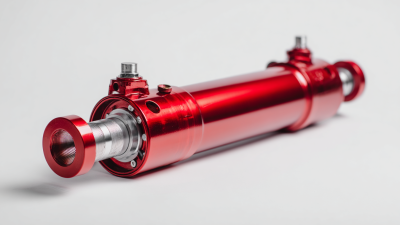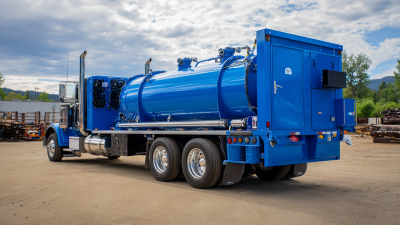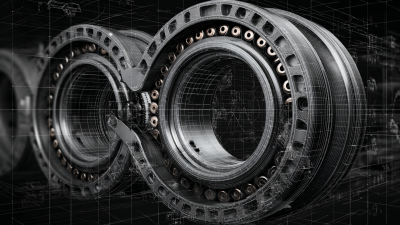 +86-13349293098
+86-13349293098
Leave Your Message
-
 Contact Phone
Contact Phone -
 Contact WhatsApp
Contact WhatsApp -
 Contact Email
Contact Email



Agricultural cylinders play a crucial role in modern farming practices, significantly impacting the efficiency and productivity of agricultural equipment. According to a report by Grand View Research, the global agricultural machinery market is projected to reach over $200 billion by 2025, with hydraulic cylinders being a key component in various farming implements. Optimizing agricultural cylinders not only enhances the operational performance of tractors and harvester machines but also contributes to reducing downtime and maintenance costs, leading to improved overall farming productivity. The ability to integrate advanced materials and innovative design solutions can result in cylinders that withstand higher pressures and offer better durability, allowing farmers to maximize their yield with minimal resource input. Consequently, this article explores effective strategies for optimizing agricultural cylinders to drive enhanced farming efficiency and sustainability in the ever-evolving agricultural landscape.
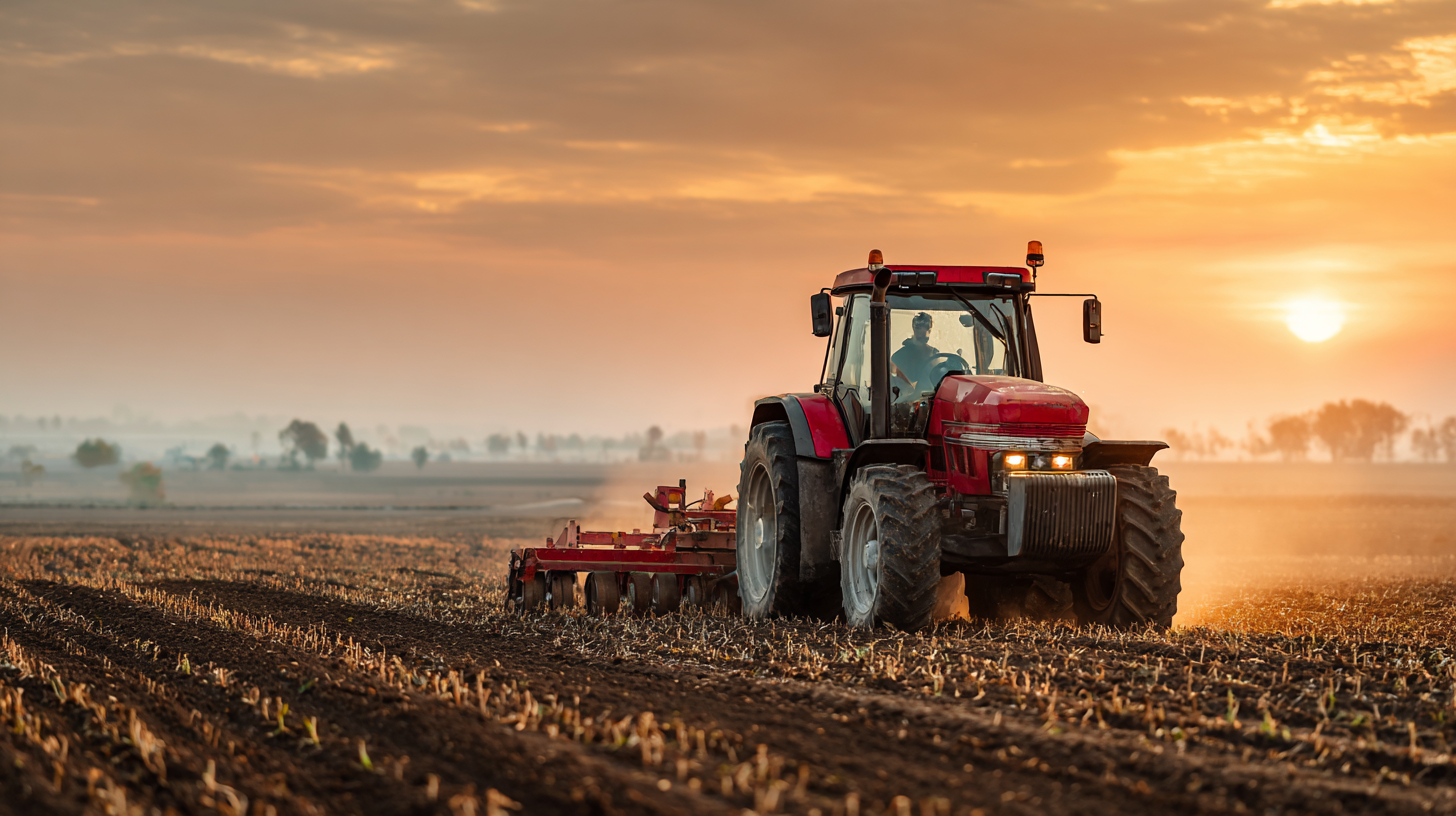
Agricultural cylinders play a crucial role in modern farming practices by enabling the effective management of resources and enhancing operational efficiency. These powerful components are integral to various equipment, such as tractors and irrigation systems. They facilitate essential functions such as lifting, steering, and controlling the flow of fluids, which are vital for executing farming tasks with precision. As technology advances, understanding the intricacies of agricultural cylinders becomes increasingly important for farmers seeking to optimize their operations.
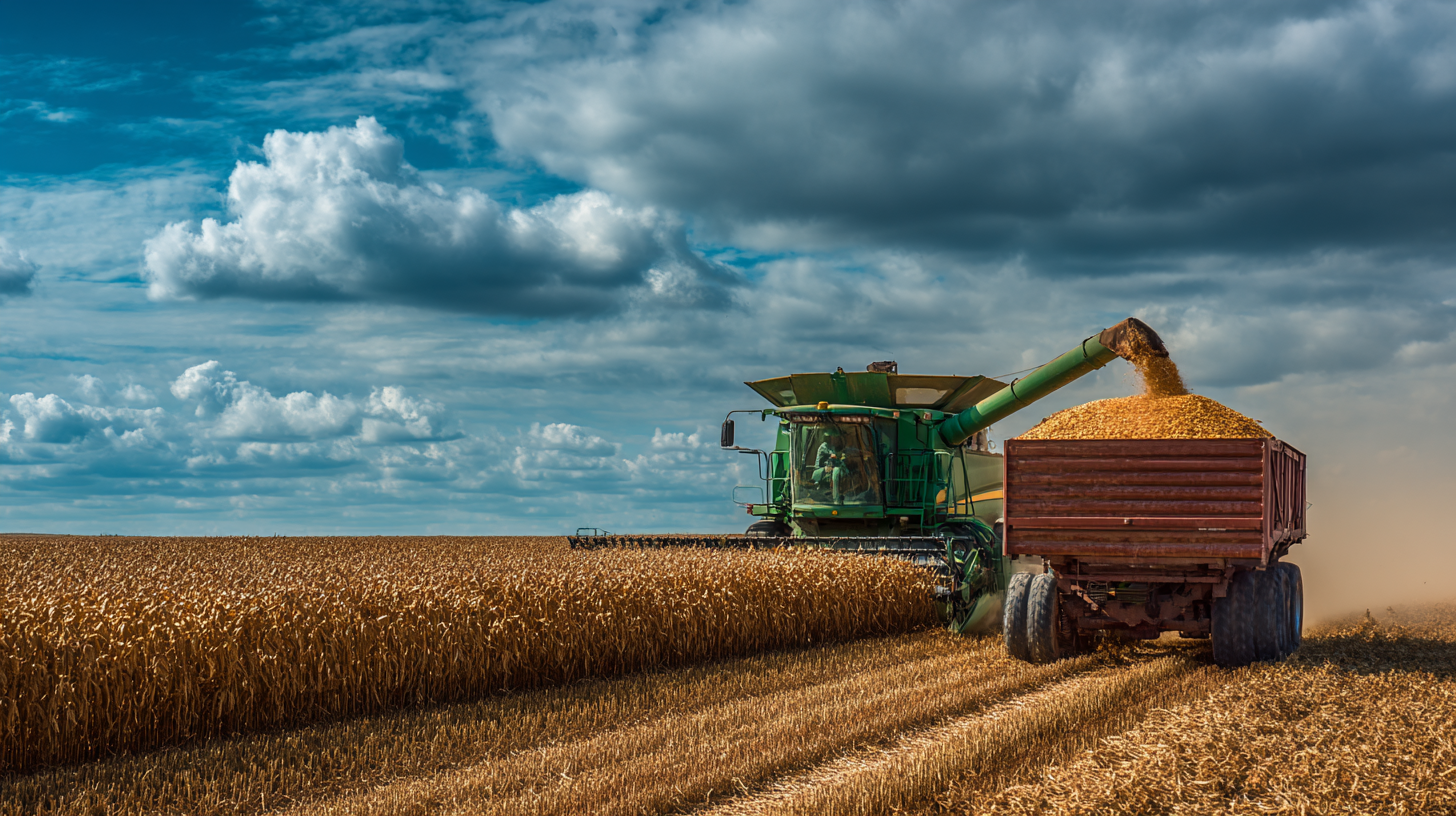
Incorporating advanced designs and materials into agricultural cylinders can significantly improve their performance and durability. For instance, lightweight and strong materials can reduce the overall weight of farming machinery, leading to lower fuel consumption and higher productivity. Additionally, implementing automated control systems can enhance precision in tasks such as planting and harvesting, thereby reducing waste and maximizing yields. By prioritizing the optimization of agricultural cylinders, farmers can not only streamline their workflow but also contribute to sustainable agricultural practices, ultimately fostering a more resilient and efficient farming ecosystem.
High-performance agricultural cylinders are integral to optimizing farming efficiency. Key features include enhanced durability and precision in operation, enabling farmers to achieve optimal output. Innovative design elements, such as advanced materials and coatings, improve the longevity and efficiency of these cylinders, which are designed to withstand the rigors of agricultural applications. This durability ensures a consistent performance across varied working conditions, ultimately leading to increased productivity.
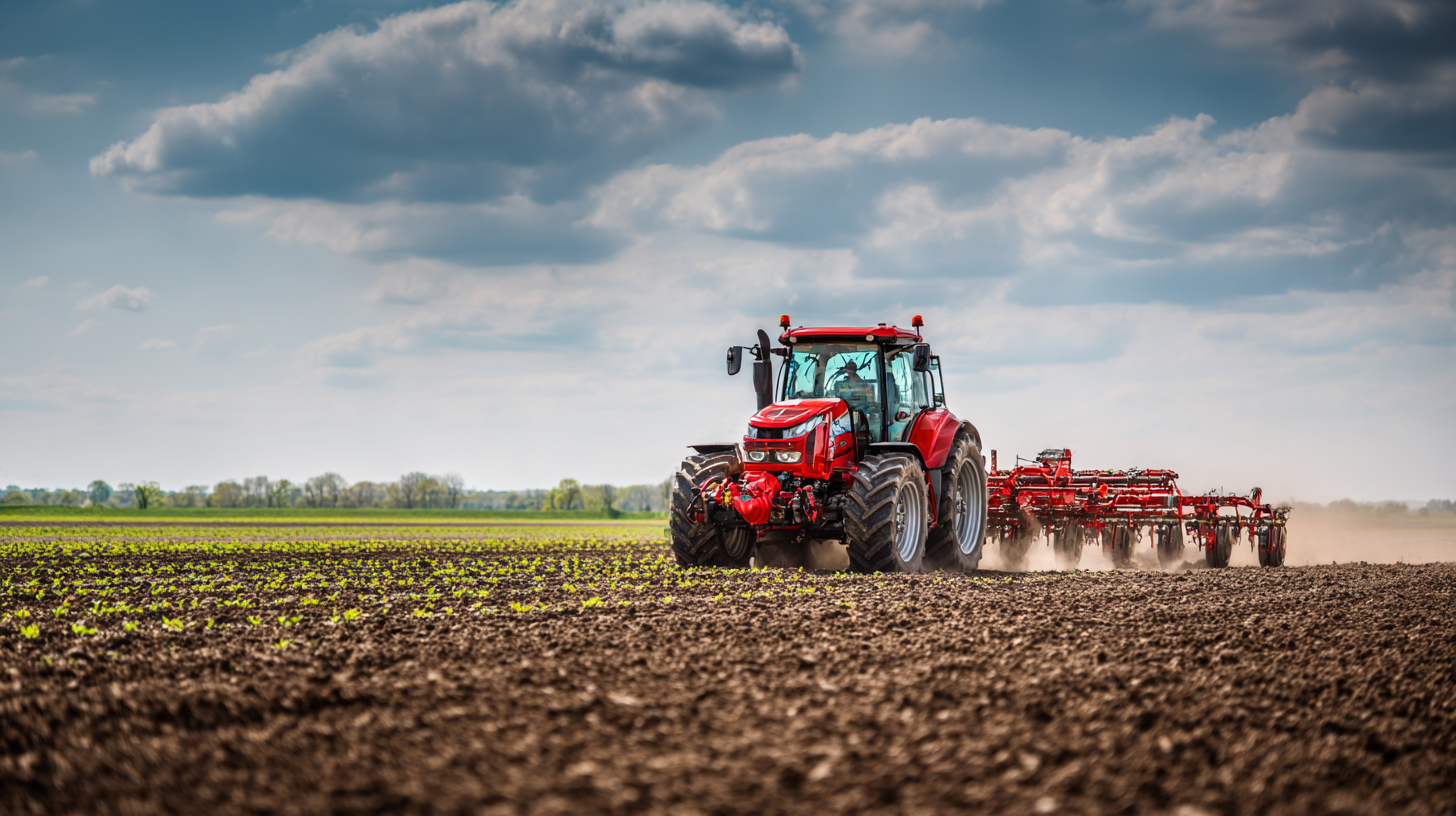
Additionally, integrating intelligent technology, such as predictive analytics and machine learning, can provide real-time operational data that helps in fine-tuning the performance of agricultural cylinders. By leveraging these insights, farmers can adjust their machinery settings to ensure optimal efficiency, much like the recent advancements in turbocharger matching for enhanced engine performance. The evolution of these technologies ensures that agricultural cylinders meet the demands of modern farming, pushing the boundaries of what is possible in crop yield and resource management.
Regular maintenance of agricultural cylinders is crucial for ensuring their longevity and optimizing farming efficiency. According to a report by the American Society of Agricultural and Biological Engineers, improper maintenance can reduce equipment lifespan by up to 30%, significantly increasing operational costs for farmers. Implementing a routine maintenance schedule that includes visual inspections, lubrication, and timely repairs can mitigate such losses. Farmers are encouraged to check cylinder seals and bearings regularly, as wear in these areas can lead to decreased performance and higher fuel consumption.
Incorporating advanced techniques such as predictive maintenance using IoT sensors can further enhance the longevity of agricultural cylinders. A study by the Agricultural Equipment Manufacturers Association shows that predictive maintenance can reduce downtime by up to 50%, ultimately increasing productivity on the farm. By utilizing data from these sensors, farmers can identify potential issues before they escalate, allowing for targeted interventions that prevent costly repairs. This proactive approach not only extends the life of farming equipment but also contributes to a more sustainable agricultural practice.
This chart illustrates the impact of regular maintenance on the efficiency of agricultural cylinders over a year. The data reflects the performance efficiency percentage based on monthly maintenance activities.
The evolution of agricultural cylinders has been significantly influenced by innovative technologies and design enhancements aimed at improving farming efficiency. As we have seen throughout history, advancements in tractor technology—from horse-drawn plows to modern diesel engines—have transformed the agricultural landscape. The introduction of hydraulics has been a game changer, allowing for more powerful and responsive machinery that can handle various farming tasks with precision and ease.
Current trends in the hydraulics market further illustrate the importance of these innovations in agriculture. With an expected growth from $39.40 billion in 2025 to $44.26 billion by 2030, the focus on optimizing hydraulic systems in agricultural cylinders is more imperative than ever. Enhanced design features, such as improved seals and materials that reduce maintenance needs and increase operational lifespan, are crucial for maximizing productivity on farms. By integrating smart technologies and advanced hydraulic solutions, farmers can achieve better control, efficiency, and overall effectiveness in their operations, paving the way for a more sustainable agricultural future.
| Dimension | Description | Enhancement Method | Efficiency Gain (%) | Implementation Cost ($) |
|---|---|---|---|---|
| Weight | Optimizing weight for better maneuverability | Use of lightweight materials | 15 | 2000 |
| Hydraulic Efficiency | Improving hydraulic systems for faster response times | Advanced hydraulic fluids | 20 | 1500 |
| Durability | Enhancing the lifespan of cylinders under heavy use | Corrosion-resistant coatings | 10 | 2500 |
| Design Complexity | Simplifying designs to reduce manufacturing time | 3D printing technologies | 25 | 3000 |
| Energy Consumption | Reducing energy usage during operation | Energy-efficient motor systems | 30 | 4000 |
Integrating agricultural cylinders into precision agriculture systems can significantly enhance farming efficiency by improving equipment performance and crop yield. According to a report by the American Society of Agricultural and Biological Engineers, implementing precision agriculture techniques can boost yields by 10 to 20% while reducing input costs by up to 15%. The optimal use of agricultural cylinders allows for better control of soil compaction and seed placement, leading to improved plant health and productivity.
**Tips:** When selecting cylinders, consider models designed for specific crops and soil types to maximize efficacy. Utilizing sensors linked to the cylinders can provide real-time data on soil conditions, allowing for timely adjustments to irrigation and fertilizer application. This data-driven approach not only conserves resources but also enhances crop quality.
Additionally, regular maintenance of cylinders is vital. Hydraulic systems should be inspected for leaks, and performance should be periodically assessed to ensure they are operating at peak efficiency. Research suggests that proper maintenance can reduce equipment downtime by up to 25%. Engaging in training programs for farmers on the latest technologies can further enhance the integration of cylinders into farming practices, ensuring that every tool is used to its full potential.
